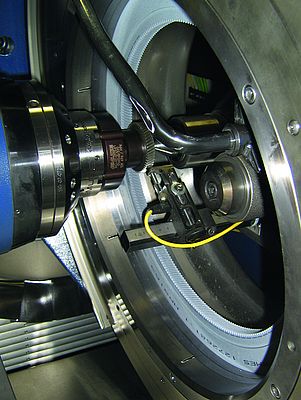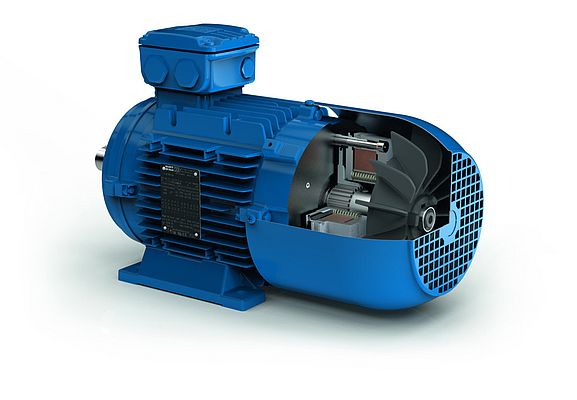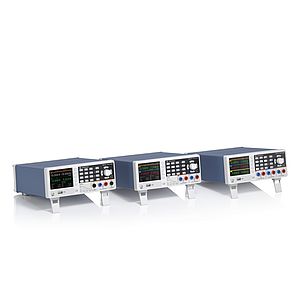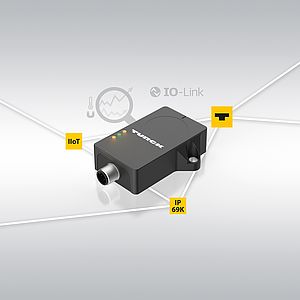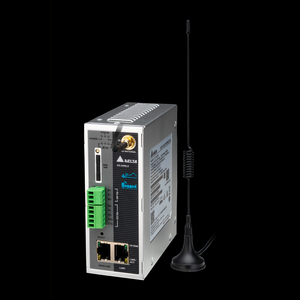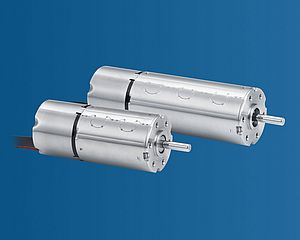Energy efficiency, reliability and total cost of ownership are the three most important factors that designers consider when setting up the drive chain. With increased demand for industries worldwide to improve energy efficiency, increase reliability and reduce cost of ownership, plant managers and engineers are reviewing the entire drive chain, from the mechanical components, including electric motors, gearboxes and drives, to the control and automation components, as well as electric panels.
Motors are responsible for over 40% of total global energy consumption and account for as much as 70% of industry's energy usage. Therefore, they should be considered carefully for energy saving benefits and compliance with IE3 and above. For example, WEG's innovative W22 Super Premium electric motor is the only complete standard range available on the market worldwide that exceeds the yet-to-be-implemented IE4 regulation and delivers exceptional performance, presenting up to 40% less losses compared to previous designs.
Most energy loss in motors is dissipated as heat, which is traditionally countered with a cooling fan. Since premium efficiency motors produce less heat, a smaller fan can be used which reduces energy lost via the fan as well as reducing noise. The tighter manufacturing tolerances required to produce more efficient motors not only deliver cooler operating temperatures but also help to reduce mechanical stresses and therefore prolong motor life. A more precisely balanced rotor - again due to tighter tolerances - will ensure less energy is wasted and more is converted to torque, which reduces mechanical stress and improves reliability.
Selecting motors that have been designed with energy efficiency as a priority will increase productivity and be more cost-effective, but there are various other steps to take in achieving the most energy efficient set up throughout the drive chain. The most significant of these is the control of the motors and by optimising the motor using an invertor enables energy savings of up to 60% to be realised. Implementing helical or helical-bevel gearings rather than worm or spiral gears also has a major impact and will allow energy efficiencies of 15-40% to be achieved. Worm gears are widely used speed reducers which drive a worm wheel to provide output motion at a right angle to the motor shaft. The worm gear and wheel have non-intersecting, perpendicular axes, and the interconnecting action between gears happens over a relatively large contact area. This action consists primarily of a sliding motion that creates friction between the gears, resulting in lower efficiency of 49% for a 300:1 single reduction ratio.
The output shaft of a helical-bevel reducer type is also at a right angle to the motor shaft, and like helical-worm speed reducers, a set of helical gears usually makes the first speed reduction. Here, spiral-bevel gears are mounted with intersecting axes, an arrangement that minimizes friction between the gears to provide 94 to 97% efficiency. The belt should be well specified for the application, with the correct tension. V-belt drives transmit power through friction between the belt and the pulley and are traditionally used, however, synchronous belts that work on the tooth-gripped principle are more reliable. V-belt drives cost less than synchronous belts to purchase and replacement parts are cheaper than synchronous drive components.
However, V-belts require regular retensioning which can become a costly maintenance expense, and which results in a high total cost of ownership. Synchronous belt drives are maintenance free and clean running, requiring no lubrication, and once installed properly, do not need retensioning. The most significant single change a designer can make to their system depends on the application. In a fan or pump application the most important factor for increasing energy efficiency is fitting a variable speed drive inverter and by doing so, users can typically achieve energy savings between 40-60%. However, in a conveyor application, the belt is the most significant aspect to review, and replacing conventional V-belts with synchronous belts enables the user to make energy and cost savings.
Most importantly, are understanding the application fully and the service factors. It is vital to choose the correct size of motor for the application, even if it is replacing an upsized or under-loaded motor. Choosing a motor which will be under-loaded will not improve the efficiency of an energy efficient motor, which typically has its optimum power factor and efficiency at near full load. Reassuringly, the W22 motor is efficient at any load from 75 to 100%. If the drive chain is over designed and the gearbox and motor are too large for the application, then the system will last a long time, but there will be lots of energy losses and inefficiencies. However, if you under-design the system then it will be over-worked and wear out quickly.
Very often, to reduce costs or use a product that is readily available, designers might build a system with a chain drive that's too small or has too little capacity, but under-designing a drive will also reduce the performance. While each component on its own can contribute to increasing energy efficiency, reviewing the system as a whole will make the most significant impact and it should be designed to ensure it's working at its optimum. WEG understands both the motors, the drives and gearboxes and as such is in an ideal position to tailor the most suitable drive train that meets the customer's needs exactly and provides the most energy efficient solution.
By Marek Lukaszczyk, European Marketing Manager WEG



